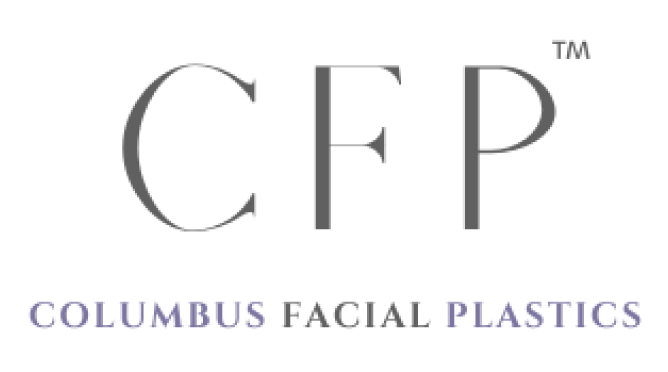The Science Behind “Sugar Sag”
We have long been told “you are what you eat”, but as research helps us define the mechanisms that make that adage true, we are gaining so much insight into how to protect ourselves from different disease processes. Remember, skin is a living organ. Just as we aim to be thoughtful about foods that affect our hearts or our brains, we can change how our skin looks and functions by being mindful about what we eat. One interesting process that affects our skin’s appearance and function is called glycation. Glycation is when sugar binds to protein and causes proteins to become linked. These linked proteins are called “Advanced Glycation End-products” or “AGEs”- no joke. Since the matrix that gives our skin its naturally plump, supple, flexible shape is made from proteins like collagen and elastin, changes in how these proteins are arranged (i.e., crosslinking from glycation) causes inflexibility and irregularities in the form of sagging, wrinkles, loss of shape and structure. This not only affects our appearance, but also inhibits our skin’s ability to heal and perform its immune functions and structural functions as a barrier to the environment. When glycation occurs, it makes our skin more susceptible to oxidative stress- another process that can lead to signs of aging, and disease processes like cancer.
So what causes glycation?
- Hyperglycemia (too much sugar in the bloodstream): We experience a spike in blood sugar every time we eat, but depending on what we eat, that spike can be larger or occur more rapidly- both things we should try to avoid. Foods that cause rapid spikes in blood sugar are simple carbohydrates like refined grains (pasta, white bread, white rice, crackers, cookies), and those with added sugar or high fructose corn syrup (packaged, shelf-stable foods, condiments, sodas, and sweets). Sugars that naturally occur in whole grain foods (oats, brown rice, barley, etc.), fruits, and vegetables do not cause the same response if portion size is controlled, in part because these foods are also packed with fiber which helps to slow the rate at which blood sugar rises. These foods also have many naturally occurring antioxidants, which help combat the negative downstream effects of glycation.
- How we prepare our food: Using high heat to cook, especially “dry” methods like grilling and roasting causes AGEs to form. Certain foods are more susceptible to forming AGEs with these high heat cooking methods, including meats and fatty carbohydrates like baked goods. Roasting and grilling vegetables also causes AGEs to form, but these foods produce far less of them. Using moist heat cooking methods, like steaming, boiling, and water sautéing is best. Cooking for shorter periods of time and pre-dressing foods with acidic liquids like lemon juice or vinegars in marinades helps to prevent AGEs from forming.
Here are some examples of how cooking different foods results in AGEs formation:
The Bottom Line: Glycation is a natural process that will occur overtime, but the rate at which we accumulate AGEs, and their effects on our appearance and overall health, are greatly influenced by our choices. Choosing foods that cause lower spikes in our blood sugar levels and paying attention to cooking methods and foods that are likely to form AGEs when cooked, can slow the damage caused to important structural proteins in our skin, helping our skin look younger and function better!


